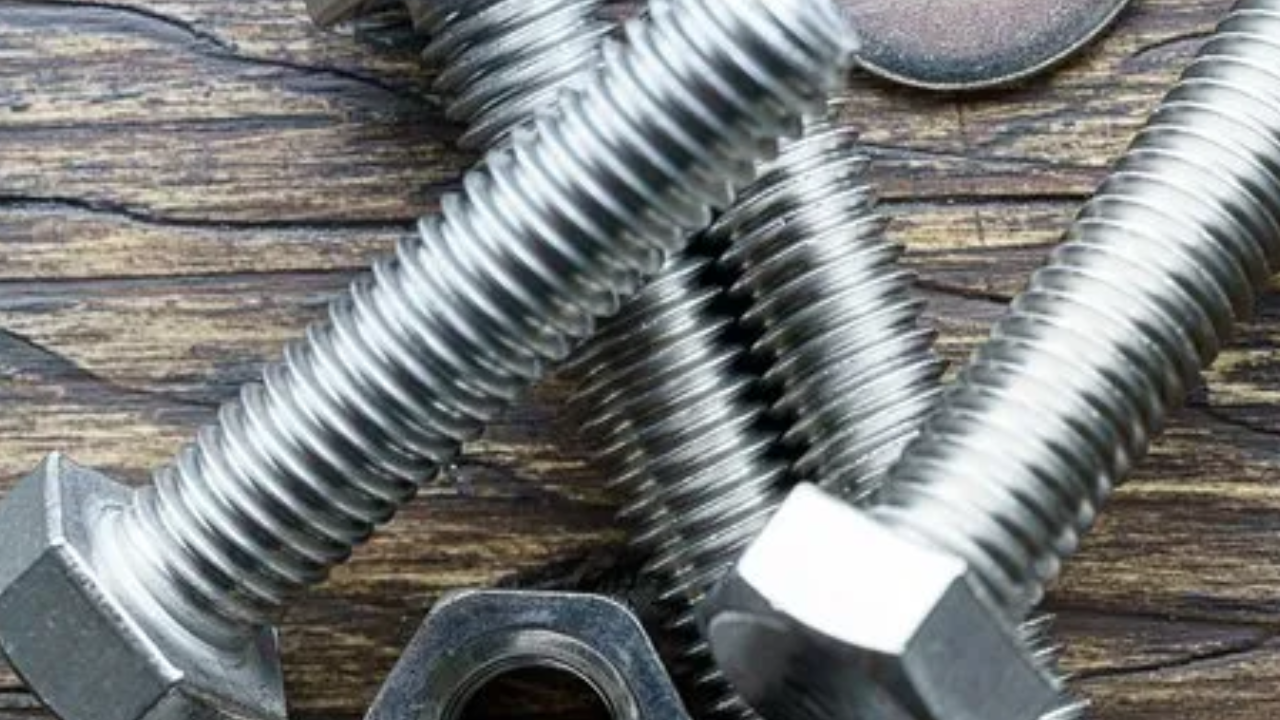Queenly likes to share her knowledge of society with others. She is always reading up on the latest news and trends, so she can provide insights and perspectives that help people understand the world around them. Coreen is a great listener, and she loves to help people grow and develop.

Stainless steel bolts play a basic role in various businesses and projects because of their various advantages. Their significance lies in their remarkable power, toughness, and erosion resistance. Rather than customary bolts created from carbon steel, stainless steel bolts are impervious to rust and consumption, making them the most appropriate to be utilized in harsh conditions, that incorporate marine, synthetic, and open-air settings. In addition, stainless steel bolts furnish prevalent mechanical properties along with exorbitant elasticity, yield power, hardness, and impact resistance.
Besides, stainless steel bolts provide cost-effective solutions, as they require insignificant upkeep and are an option because of their sturdiness and protection from degradation. Their adaptability and similarity with assorted substances make them fundamental parts of collecting frameworks, hardware, gadgets, and foundations. The significance of SS Bolts can not be exaggerated, as they commit to the well-being, unwavering quality, and execution of different design undertakings, guaranteeing the respectability and solidity of congregations in harsh environments.
Environmental Factors’ Effect on the Stainless Steel Bolt’s Overall Performance
Stainless steel bolts are prestigious for their corrosion resistance and strength, making them reasonable for a large number of uses in various conditions. However, environmental elements can still affect their overall performance over the years. This article explores how distinct environmental conditions affect the performance of stainless steel bolts and offers insights into mitigating capacity problems.
Moisture and Humidity
Dampness and moistness can speed up the corrosion of stainless steel bolts, especially in the presence of chlorides and other destructive materials. The dampness can enter minuscule defects inside the oxide layer, prompting limited erosion, alluded to as pitting. Choosing tempered steel grades with better consumption opposition, like A4 (316), can relieve the outcomes of dampness and mugginess. Normal purification and security to remove accumulated pollutants can likewise assist with forestalling consumption.
Saltwater Exposure
Saltwater carries chlorides that can be mainly aggressive towards stainless steel bolts, leading to improved corrosion. Marine environments pose an enormous challenge due to the mixture of moisture, salt, and oxygen. Selecting marine-grade stainless steel bolts, consisting of A4 (316), with molybdenum for more desirable corrosion resistance is vital for programs exposed to saltwater. Additionally, applying shielding coatings or inhibitors can offer an additional layer of protection against corrosion.
Temperature Extremes
Extreme temperatures, both high and low, can affect the mechanical properties of stainless steel bolts. High temperatures can prompt warm expansion, debilitating the bolt’s underlying integrity, while low temperatures can cause embrittlement, diminishing malleability and life span. Deciding on stainless steel grades with appropriate temperature resistance for the particular software is critical. Warmness-resistant grades are suitable for excessive-temperature environments, while duplex stainless steels provide improved sturdiness at low temperatures.
Chemical Exposure
The exposure of SS bolts to corrosive chemical materials, acids, and solvents can compromise the corrosion resistance of stainless steel bolts. Chemical mixtures can make you go after the defensive oxide layer, prompting confined consumption and surface harm. Using stainless steel bolts with high chemical resistance, such as A4 (316), or strong point alloys like Hastelloy or Inconel, is vital for applications exposed to competitive chemical compounds. Ordinary inspections and renovations to become aware of and cope with any signs and symptoms of corrosion are also critical.
Atmospheric Pollution
Atmospheric pollutants, involving commercial pollutants, acidic gases, and airborne contamination, can accelerate the disintegration of stainless steel bolts. Sulfur compounds, specifically, can react with stainless steel, prompting sulfide consumption. Minimizing exposure to polluted environments by deciding on suitable locations for installations can help mitigate the results of atmospheric pollutants. Regular cleansing and protective coatings can also provide additional safety for airborne contaminants.
Mechanical Pressure
Immoderate mechanical strain, consisting of anxiety, compression, and vibration, can lead to fatigue failure or deformation of stainless steel bolts. In excessive stress packages, fatigue cracks may provoke and propagate, compromising the bolt’s integrity over time. Making sure proper bolt sizing, torque, and installation techniques are vital to prevent overloading and fatigue failure. Using locking mechanisms consisting of locking washers, nylon inserts, or thread-locking adhesives can help preserve bolt preload and prevent loosening because of vibration.
Summary
Environmental factors can appreciably affect the performance and durability of stainless steel bolts. By knowing the outcomes of those elements, engineers and architects can select the appropriate stainless steel grades and enforce mitigation techniques to ensure reliable bolt performance in numerous environments. Normal inspection, renovation, and adherence to first-rate practices in bolt installation and fastening techniques are important for maximizing the lifespan and reliability of stainless steel bolts in difficult environmental conditions.
